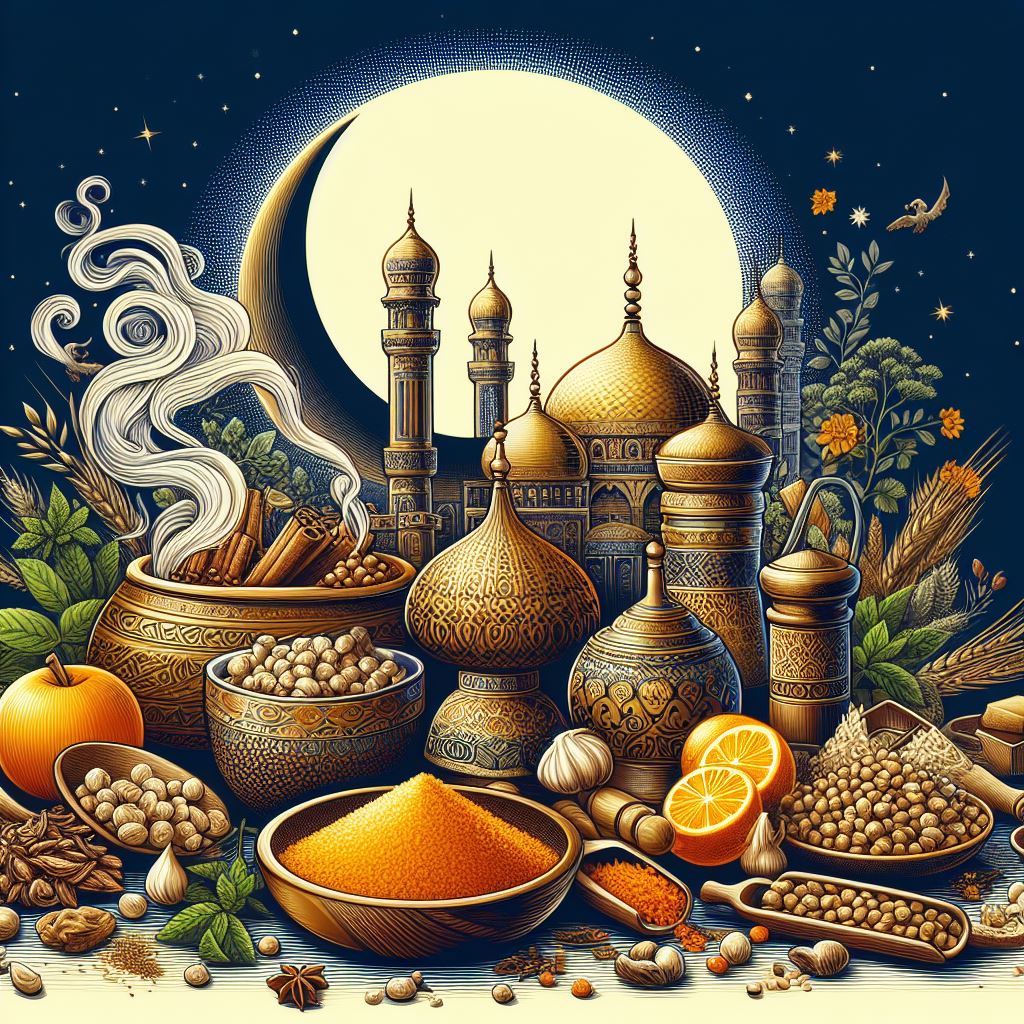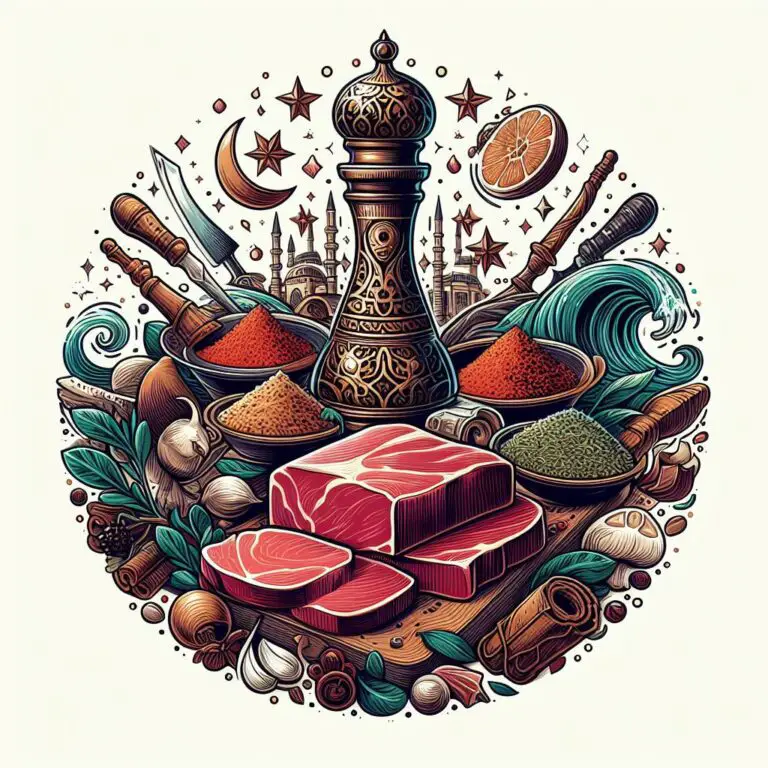Introduction
Zatar, a quintessential spice blend of the Middle East, holds a special place in the hearts and kitchens of food enthusiasts worldwide. With its aromatic blend of herbs and spices, zatar adds depth, complexity, and a touch of cultural heritage to dishes. In this blog post, we embark on a flavorful journey to explore the origins, culinary uses, health benefits, and creative recipes inspired by zatar.

The Origins of Zatar
Zatar’s history traces back thousands of years, rooted in the ancient culinary traditions of the Middle East. The blend typically includes dried thyme, sumac, sesame seeds, and salt, though variations exist across different regions. Each ingredient contributes to zatar’s distinctive flavor profile, evoking memories of bustling spice markets and traditional family recipes.
Culinary Delights with Zatar
Zatar’s versatility shines through in Middle Eastern cuisine, where it’s used in a variety of dishes. From sprinkling it over freshly baked bread to seasoning grilled meats and vegetables, zatar adds a fragrant and savory dimension to meals. It’s also a staple ingredient in dips like hummus and labneh, offering a burst of flavor with every bite.

Health Benefits of Zatar
Beyond its culinary appeal, zatar boasts numerous health benefits. Thyme, a primary component of zatar, is rich in antioxidants and has antimicrobial properties that support immune health. Sumac, another key ingredient, is known for its anti-inflammatory properties and may aid digestion. Incorporating zatar into your diet can not only elevate the taste of your dishes but also contribute to your overall well-being.
Creative Zatar Recipes to Try
- Zatar Roasted Chicken: Marinate chicken with olive oil, garlic, lemon juice, and a generous sprinkling of zatar before roasting for a flavorful and aromatic dish.
- Zatar Flatbread: Mix zatar into the dough for homemade flatbread, then bake until golden brown for a delicious accompaniment to soups, salads, or mezze platters.
- Zatar Spiced Vegetables: Toss mixed vegetables with olive oil and zatar before roasting for a colorful and nutritious side dish bursting with flavor.
- Zatar Hummus: Blend chickpeas, tahini, garlic, lemon juice, and zatar together for a zesty twist on classic hummus that’s perfect for dipping or spreading on sandwiches.
In Conclusion
Zatar is more than just a spice blend; it’s a symbol of culinary heritage, creativity, and community. Whether you’re exploring its origins, experimenting with new recipes, or simply savoring its distinctive flavor, zatar invites you to embrace the richness of Middle Eastern cuisine and celebrate the vibrant tapestry of flavors it offers. So, let your taste buds embark on a flavorful journey with zatar as your guide, and discover the magic of this beloved spice blend for yourself.




Comments are closed.